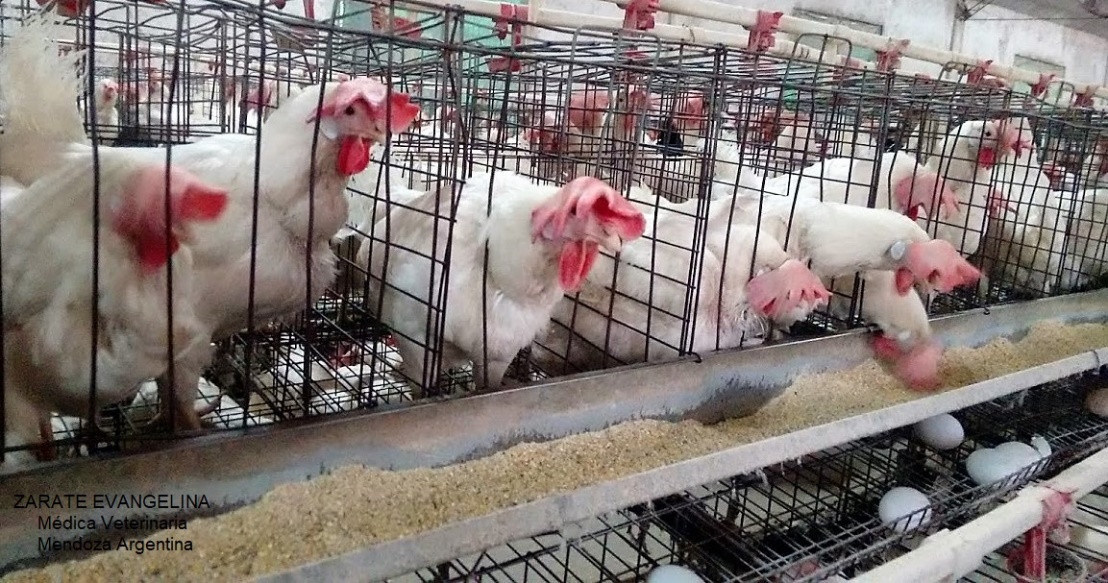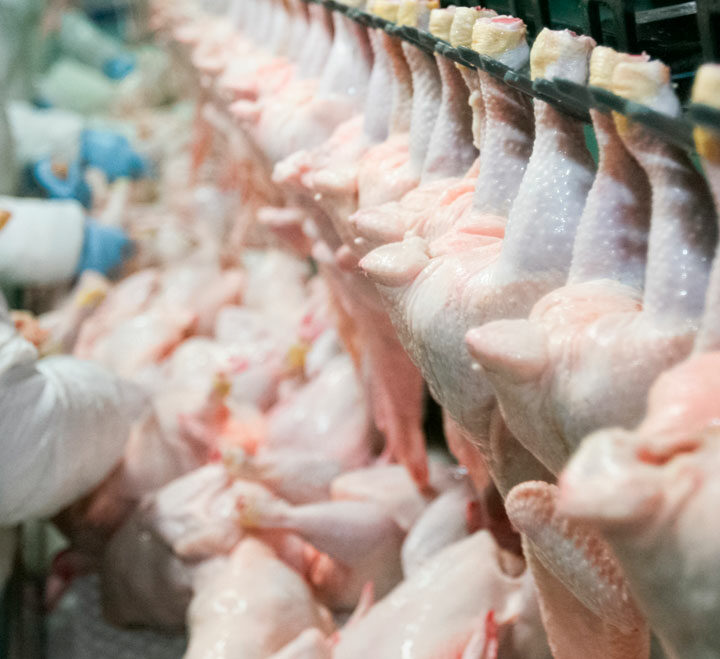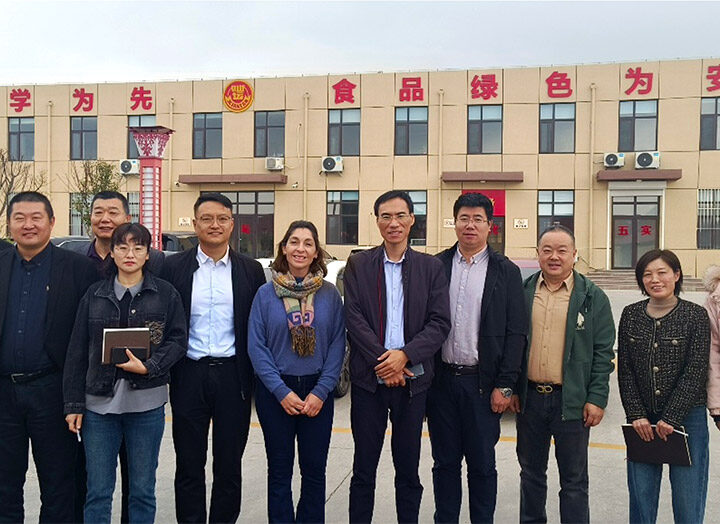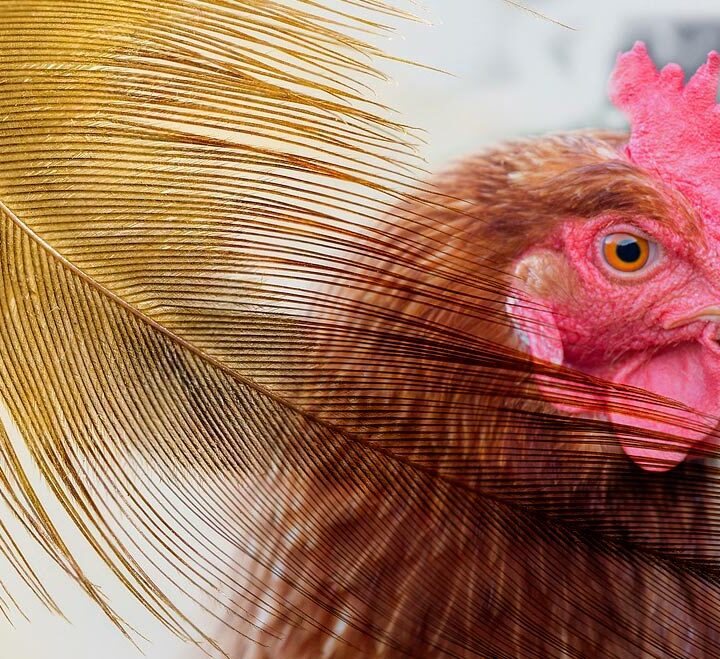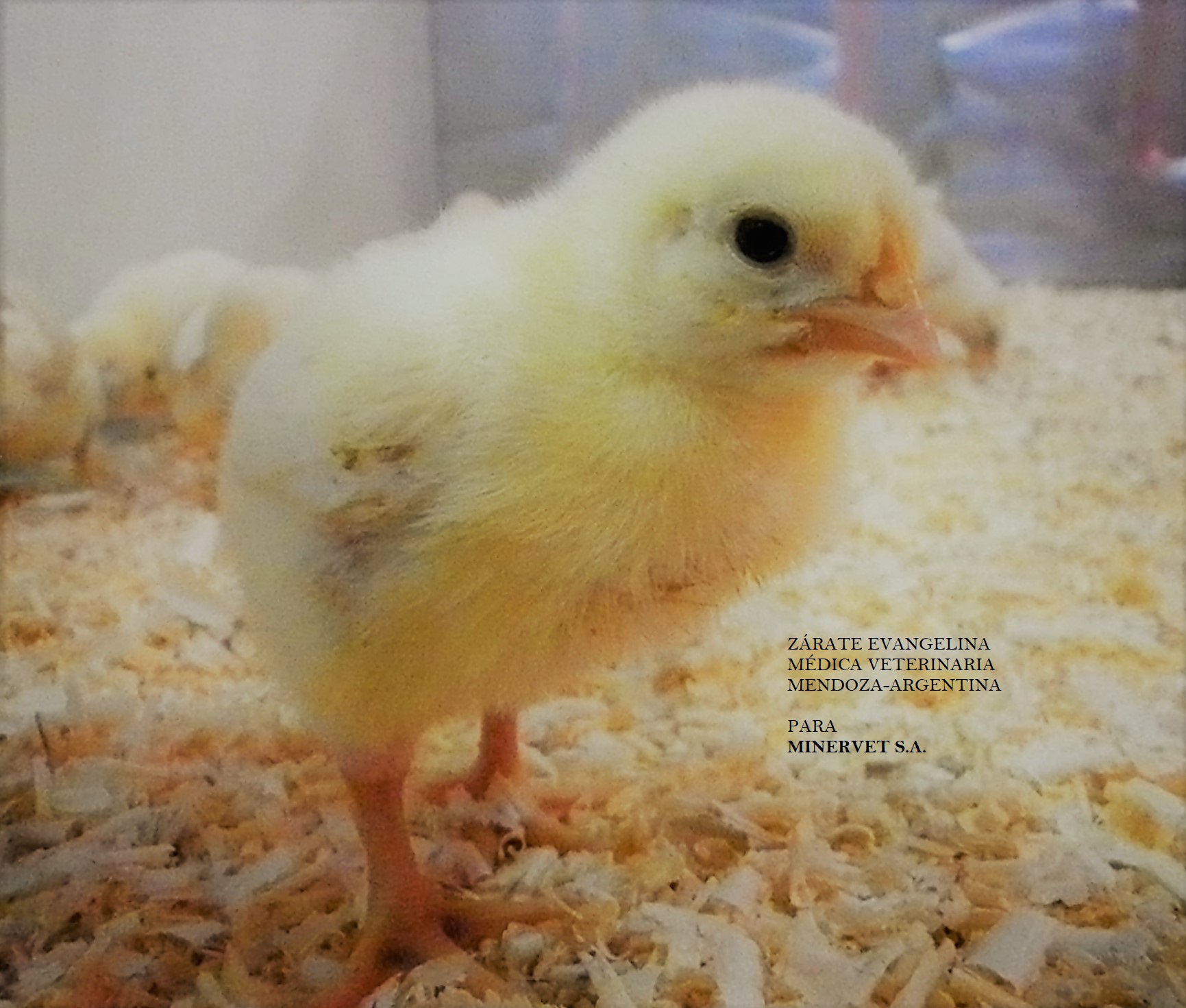
Use of probiotics in animal feed and its broad benefits
27 de June de 2018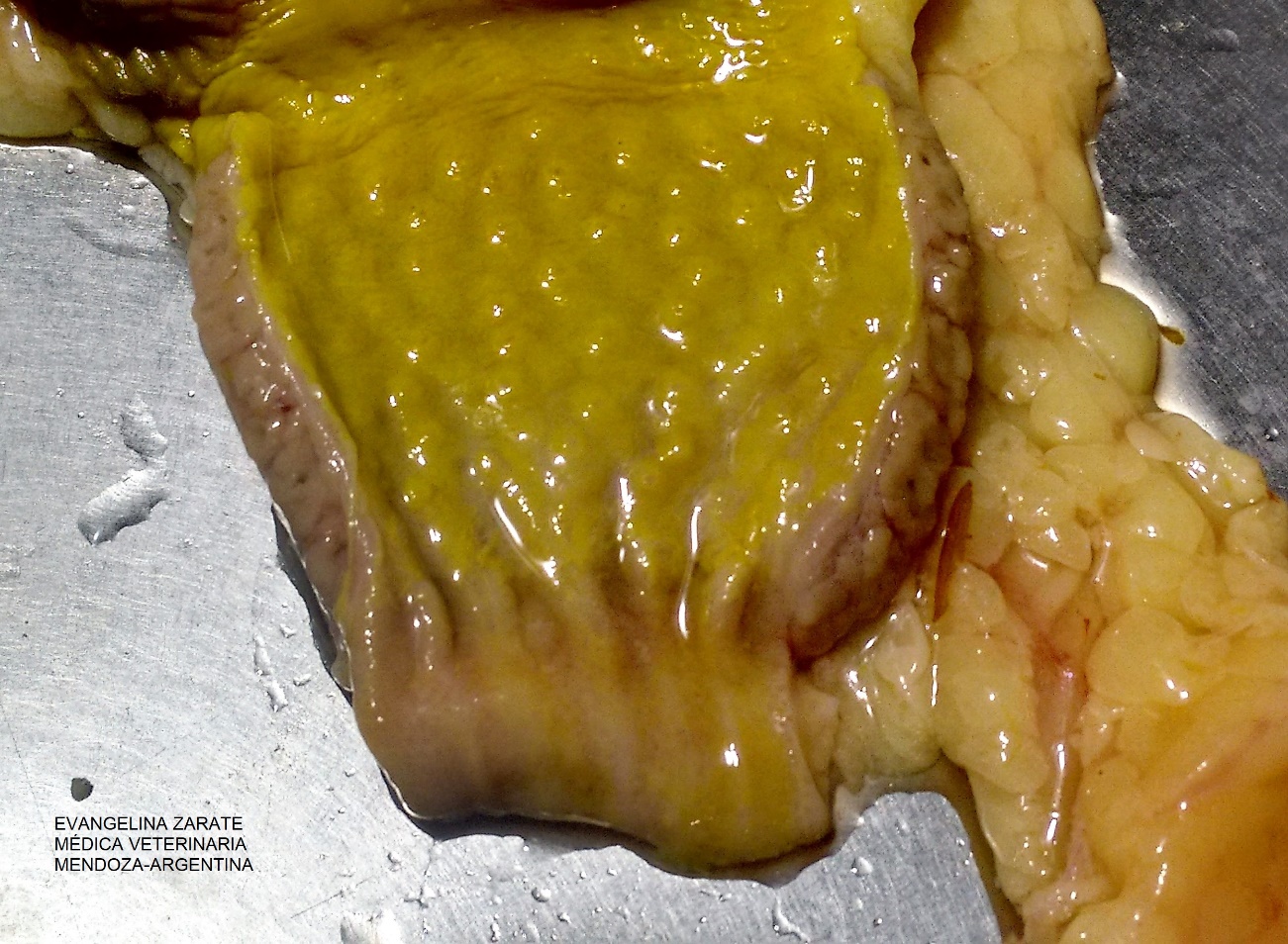
Glandular stomach
28 de July de 2018Nowadays, the industrial production of eggs demands exhaustive controls to offer quality and long lasting product. Layer farms obtain different qualities and egg sizes, depending on the layers body condition, nutrition, sanitary status and handling.
I. EGG FORMATION PROCESS
Female hens are ready to be fertil at 20 weeks and can produce an egg every 24-26 hours.
The process of egg formation is divided into several stages related to the anatomical segment of the reproductive system:
Located in the infundibulum, the yolk or ovule, which will give rise to the embryo in the case of fertilization, forms two layers of vitelline membrane, this prevents the entry of water from the egg white.
The magnum, the longest segment of the oviduct, is responsible for the synthesis of proteins that are deposited during a period of approximately 3 hours 30 minutes.
In the passage through the isthmus, the albumen or clear is surrounded by the tesaceous membranes and, already in the uterus or gland, the egg rotation begins with twisting of its protein fibers and formation of the chalazas that give central support to the yolk.
The egg remains in the uterus for 18-22 hours to give formation to the shell and then be expelled through the cloaca.
The shell is mainly composed of calcium carbonate, its function is to protect the egg content, allowing gaseous exchange.
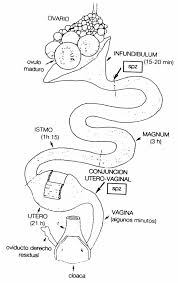
II. EGGSHELL PROBLEMS
Failures in oviposition that can be detected macroscopically. These have varied causes that the producer must know in order to relate to the product obtained.
- Obtaining eggs without shells or in coltsfoot (where the egg content is only covered by the outer membrane) during the daily collection of eggs inside the grange, can give the following information:
- insufficient supply of minerals such as calcium, phosphorus, selenium or vitamins of type E, B12 and D.
- inmaturity of the uterus or gland in young females.
- stress due to over population or premature sunset.
- pathogenic: New Castle disease, Infectious bronchitis, Influenza.
- in older layers it can be related to the fall drop syndrome.
The causal factors mentioned above can also cause deformed or irregular eggs.
- Other types of alterations can be observed, such as cracked eggs related to mineral deficiencies, stress due to disturbed internal environment or due to the age of the hens.
- Wrinkled eggs can be observed in hens at the end of the posture where production is slower, obtaining a larger egg with excessive mineral deposit. Double-yolked eggs could present this characteristic due to its larger size, although it could also be related to infectious diseases such as New-Castle or Infectious Bronchitis.
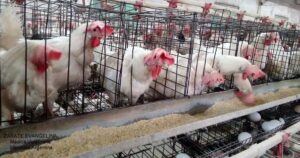
III. DEFECTS OF QUALITY, CONTROL AND SOLUTIONS
The detection of those eggs that do not comply with the commercialization characteristics should be related to the handling conditions, the nutritional quality, the sanitary status and the age of the layers.
It is necessary the constant control of this type of alterations. In the layers farms it is expected to discard a low number of eggs with faults during the daily collection, but an increase of eggs with presence of faults will seriously affect the final production of eggs of the farm.
Through feeding, it is possible to control some of the causal factors of egg quality failures.
Natural additives with preventive action have been shown to have beneficial effects administered daily in the ration of laying birds.
Additives based on pronutrients collaborate with a better obtaining of the minerals contributed in the diet, collaborating with the process of laying eggs of quality and providing, in addition, multiple benefits to the physiology.
The essential oils that make up this type of additives favor the processes of digestion, absorption of minerals, intervene in the processes of mineralization and help maintain the physiology of the gastrointestinal tract.
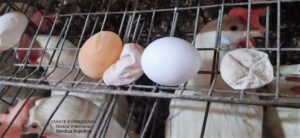
The pronutrients that help to avoid eggshell problems are marketed under the trade name “Miner E“.

